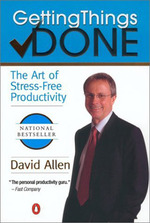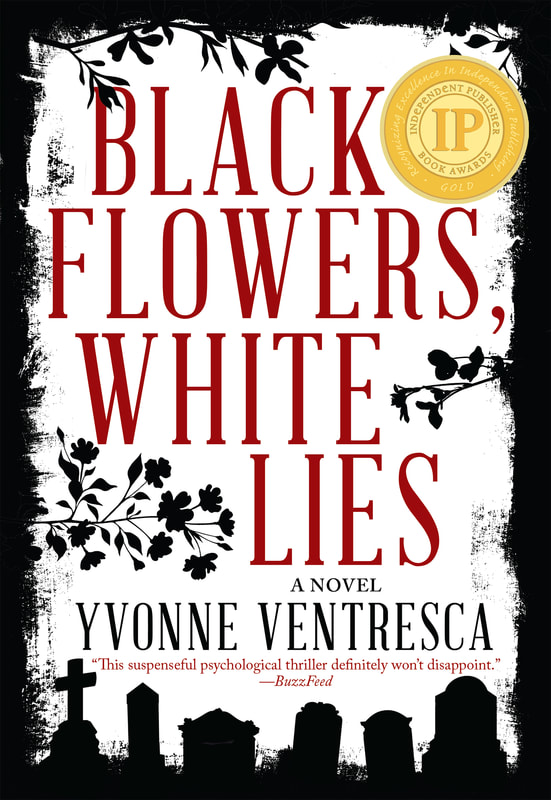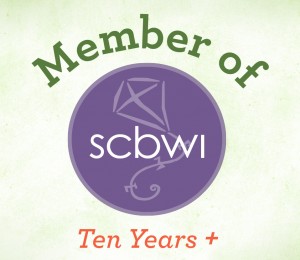

For example, phone calls get listed together, as do errands, computer tasks, and things to read. The benefit is that this approach allows you to complete to-dos by circumstance and energy level as well as priority. Waiting for a friend who's late for lunch? Tackle some reading material. Feeling a bit tired but have some quiet time to work? Trying making phone calls. And if you're doing one errand, you can check your list to easily see what else you can logistically take care of while you're out.

This is a place to capture things like possible goals, ideas for future hobbies, and books you might like to read. Don't clutter your regular to-do list with these items. Store them on a separate list and check it periodically.

Allen says, “If the next action can be done in two minutes or less, do it when you first pick the item up.” The idea is that we waste time tracking a small task on our to-do list, then copying it to the next to-do list, then deciding after reviewing the list for the fifth time to take care of the task next week instead. In all the time it takes to manage the item, we could have actually completed the task! By the way, "two minutes" is a general guideline--it might be more of a five minute rule if you have the flexibility.

Tomorrow's post: How to Procrastinate!








 RSS Feed
RSS Feed